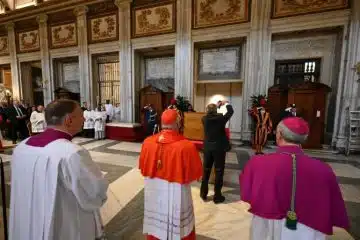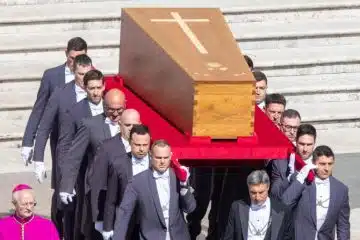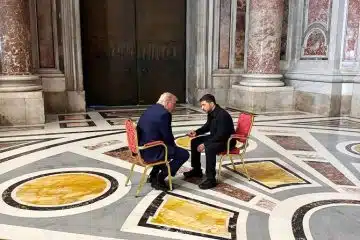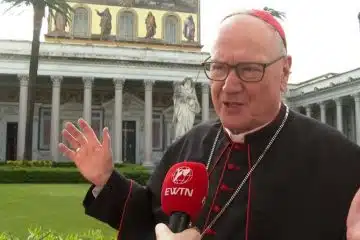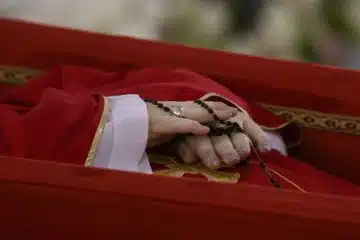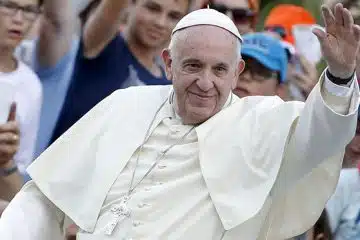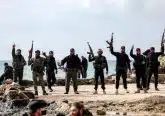War and rumors of war, even for our grandchildren
 Two of my grandchildren saw war – real war — for the first time in August.
Two of my grandchildren saw war – real war — for the first time in August.
They saw the picture of five-year-old Omran Daqneesh, sitting dazed and bloody in the back of an ambulance in Aleppo, Syria. It was published on the front page of the Wall Street Journal. His image was captured after he was pulled from the rubble of a bombed-out house in the battleground Syrian city.
The report said he survived but his brother did not.
Maisy, who is the same age as Omran, stared at the picture with eyes even larger than usual. “What happened to him?” We read the caption on the picture together.
She wondered why someone would bomb a house with children inside. And she wondered who did it. That’s a good question.
Her brother, Clay, 10, saw the picture a bit later. Same question, same puzzlement over how such a thing could happen. “Is he all right? He doesn’t look all right.”
And again, why and who would do such a thing and could it happen here?
How do you explain the civil war in Syria to a child? That someone would rebel against a tyrant might seem easy to explain but that the tyrant would unleash thousands of tons of explosives to kill anyone even peripherally involved – like living in a city where the rebels make camp – is hard to fathom. Assad is destroying his country to retain power over it.
Those who lived through the 1950s and 1960s lived with Mathew 24: 6 — “There will be wars and rumors of wars…” The pre-Vatican II liturgy included a set of prayers after the low Mass that begged God, the saints and Mary for the conversion of Russia.
Only four blocks from an oil refinery’s tank farm, our elementary school participated in drills that had us with our backs to walls in darkened hallways with our hands covering our heads. Our religion classes regularly touched on the promises of Fatima – which will be marked with pilgrimages and special observances on its centennial next year – and the sacramentals we wore around our necks bore the legend, “Pray for Peace.”
We were often reminded that even in our time, Christians were being persecuted for their faith as in Eastern Europe, Catholic bishops and Cardinals took refuge in embassies, nuns and priests were imprisoned and put to death and we watched films of Germans shot down trying to escape East Germany.
World War II was a fresh memory, even for those of us who were born after the shooting stopped in Europe and in the Pacific because we were the sons and daughters of veterans of that war and the Korean conflict. Regional wars raged in the Middle East, a revolt against Soviet rule erupted in Hungary and civil wars raged in Southeast Asia, North and Central Africa and Central and South America.
We thought the fall of the Soviet Union in the 1980s would usher in a period of peace and greater safety. Wrought by the seeds St. John Paul II planted in Poland, and forged by extraordinary events and leaders in many countries in the free world, we joined in a collective exhale of relief. It was to be a brief respite.
What do my grandchildren and their contemporaries face today? Wars and rumors of war, from the Korean Peninsula to the Middle East and Africa to the countries of Eastern Asia as territorial expansion and military adventurism, including our own, have brought us back to the days of unspeakable horrors and even more Christian persecution.
We will hear in the coming year the message of Fatima for the centennial of that famous Marian apparition that came as World War I was raging and the fires of World War II were being kindled. One hundred years later, we are frighteningly even more capable at warfare.
Can we be as relentless and capable at praying for peace?


